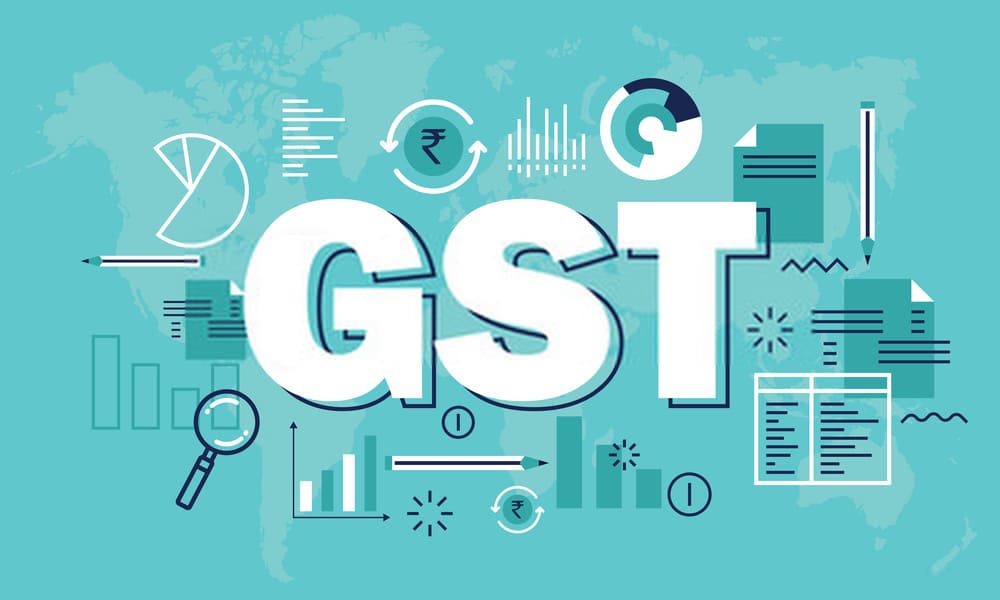GST will bring a seamless way of doing business and t the check posts and Nakkas dotting the highways and State Borders will be abolished under this new Tax regime. Lot has been said about these border check posts and the Nation is looking forward to GST with huge expectations. However, these Border check posts will be replaced by E-Check Posts equipped with Radio Frequency Identification Device (RFID) Antennas and RFID Readers. Instead of physically checking documents, the officers will be well equipped to check E-way Bills or E -Permits.
As per the proposed Electronic Way Bill Rules of GST, the person in charge of a conveyance shall carry apart from the invoice or bill of supply or delivery challan, a copy of the e-way bill or the e-way bill number, either physically or mapped to a Radio Frequency Identification Device (RFID) embedded on to the conveyance and every registered person who causes movement of goods of consignment value exceeding fifty thousand rupees in relation to a supply shall, before commencement of movement, furnish information relating to the said goods, electronically, on the GSTN common portal.
The shelf life on an e-way bill or e permit is also defined and once an e-way bill or a consolidated e-way bill generated under this rule it shall be valid for the period as Table below from the relevant date, for the distance the goods have to be transported. Here the “relevant date” shall mean the date on which the e-way bill has been generated and the period of validity shall be counted from the time at which the e-way bill has been generated.
Table
Sr. No. | Distance | Validity Period |
1. | Less than 100 km | One day |
2. | 100 km or more but less than 300km | Three days |
3. | 300 km or more but less than 500km | Five days |
4. | 500 km or more but less than 1000km | Ten days |
5. | 1000 km or more | Fifteen days |
The facility of generation and cancellation of e-way bill will also be made available through SMS. However, if for any reason there is a delay or detention of the transport vehicle, the same has to be intimated by the transporter online on the GSTN common portal.
Further the government will notify a class of transporters to obtain a unique RFID and get the said device embedded on to the conveyance and map the e-way bill to the RFID prior to the movement of goods. Thus the Commissioner will get RFID readers installed at places where verification of movement of goods is required to be carried out and verification of movement of vehicles shall be done through such RFID readers where the e-way bill has been mapped with RFID. An authorised GST officer can intercept any conveyance to verify the e-way bill or the e-way bill number in physical form for all inter-State and intra-State movement of goods. Thus, practically, the Road nakkas or check post and checking of vehicles will remain in the GST regime in one form or the other.
